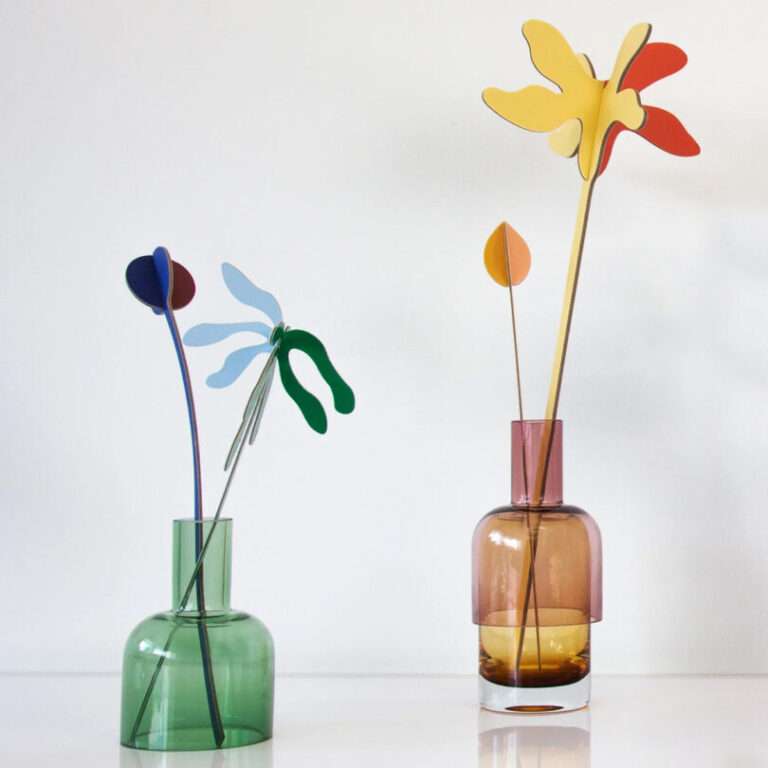The art-led multidisciplinary research project Dung Dkar Cloak is an interactive installation combining digital jacquard weaving, sound synthesis, fractal geometry, and algorithmic thinking to unfold matter into the visual and sonic domain. Designed by EJTECH, Judit Eszter Kárpáti, and Esteban de la Torre, the hybrid augmented textiles provide a multi-sensory experience as haptic interactions when the jacquard woven fractal patterns are sonified in real-time via soundscapes.
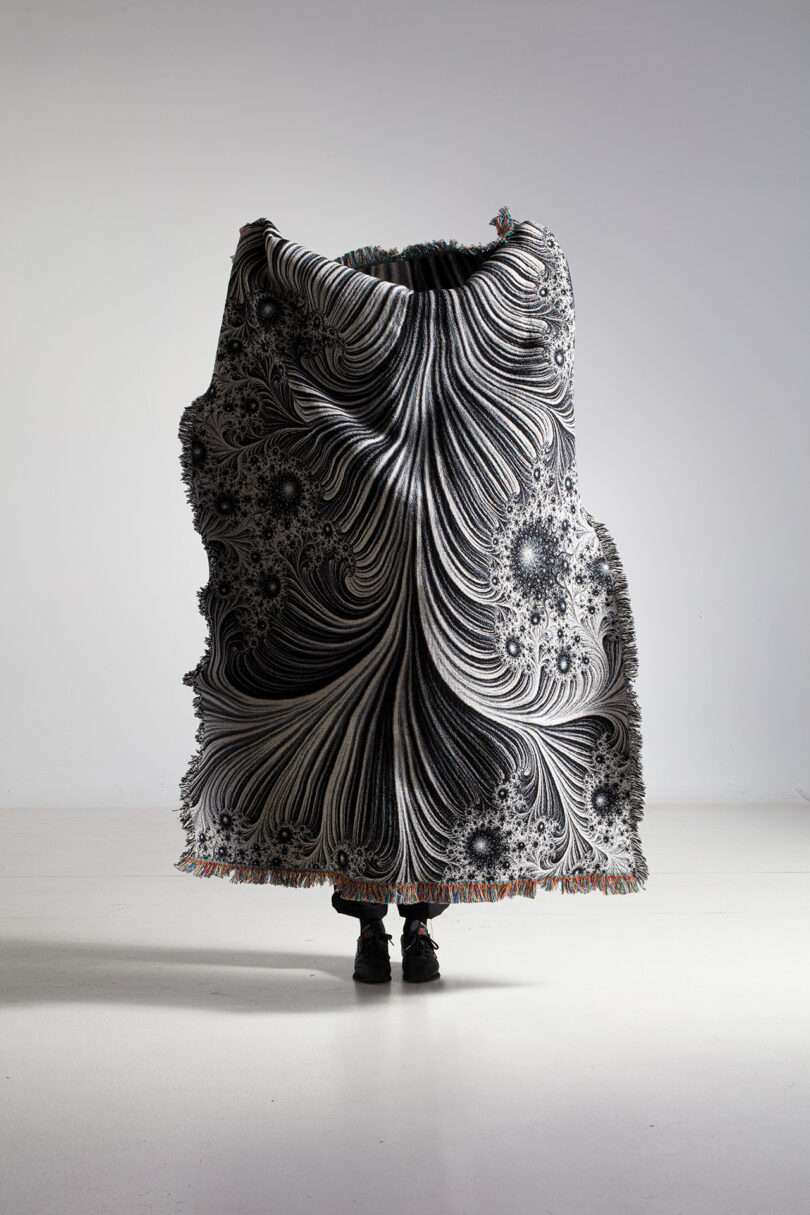
The Dung Dkar series was developed at the Material Research Hub within the Innovation Center of the Moholy-Nagy University of Art and Design in Budapest, Hungary. The art installation was then exhibited, observed, and tested in a live environment during Sound Scene at the Smithsonian’s Hirshhorn Museum in Washington D.C., the region’s premier interactive sound and multi-sensory arts festival. Attendees were invited to interact with the textiles by touching the fractal patterns and manipulating them to generate a live musical composition.
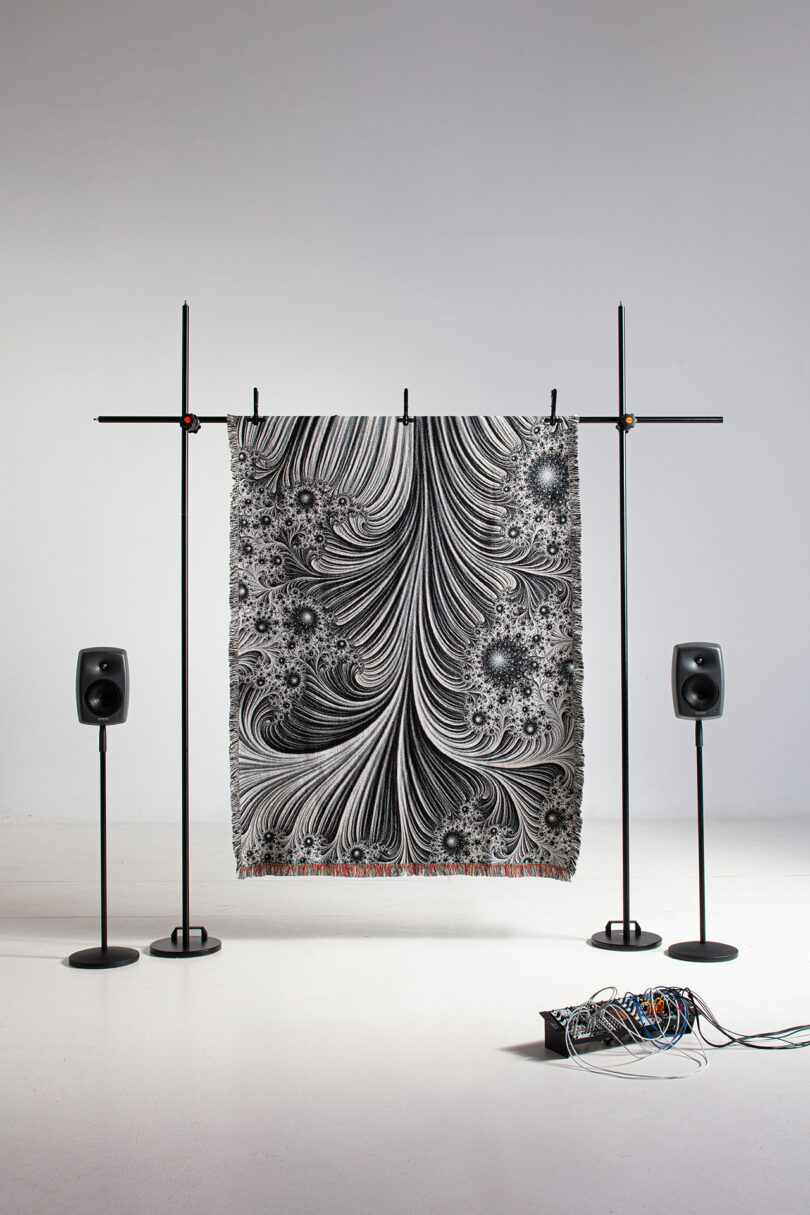
The relationship between math and textiles is obvious to those who work with fiber arts, but it’s not common within scholarly literature. The study of fractals dates back to the 17th century, but it wasn’t until the silicon chip was developed in the 1980s that it could be proven, visualized, or manifested.
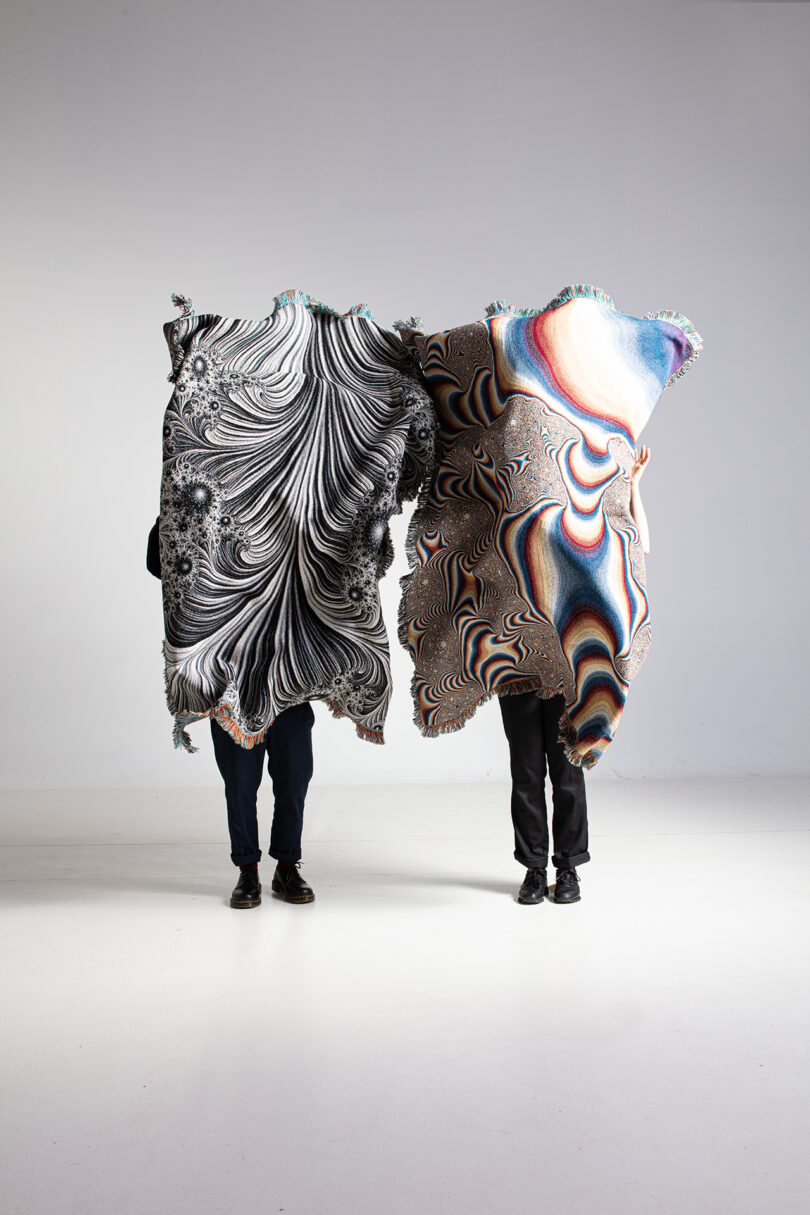
However, textile patterns or structures using recursion can be found in traditional textiles. An example is the Shipibo tribe, who live in the Peruvian Amazon rainforest and are known for their intricate embroidery and the relation of textiles to shamanic rituals. As they embroider, the Shipibo women chant Icaros, creating visual music scores that are embedded into patterns corresponding to music of the their culture.
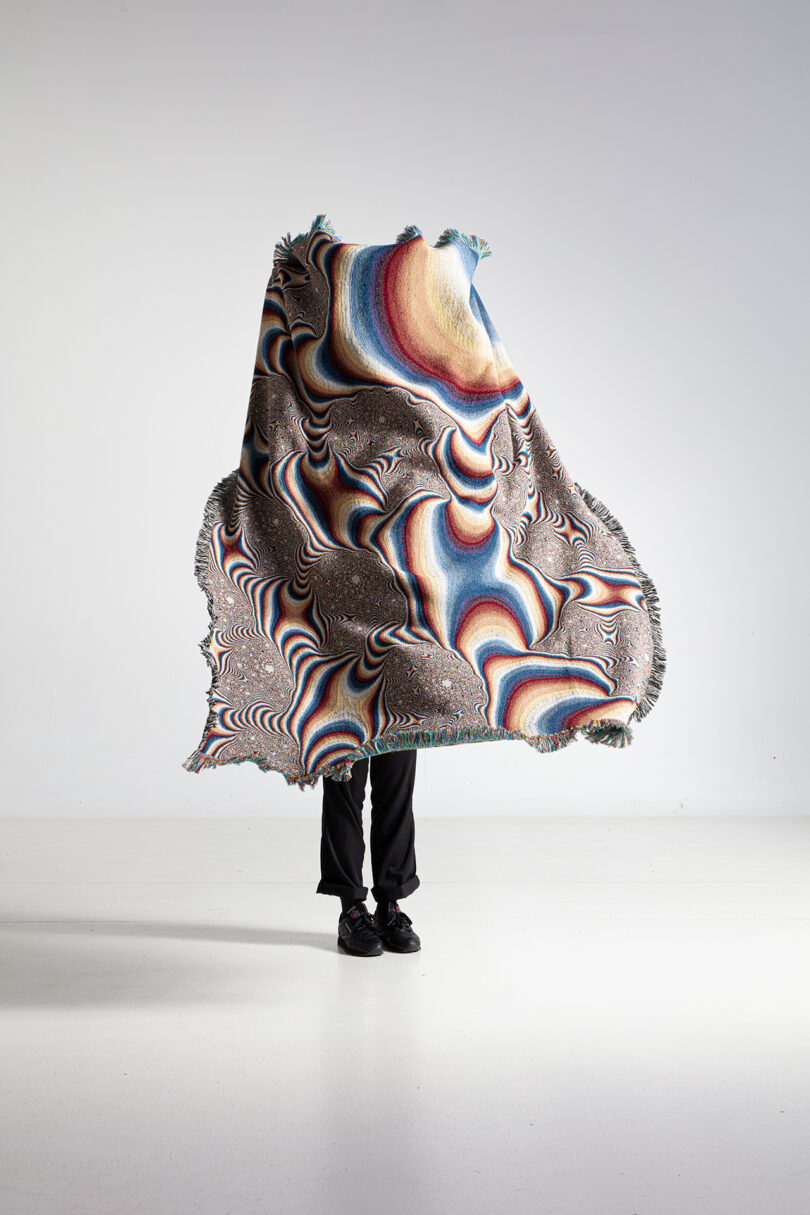
The two jacquard woven fractal interfaces contain visual cues where interaction areas are embedded, seamlessly woven into the textile. Touch sensitive soft interfaces discern between touch and no touch to trigger sounds, but Dung Dkar Cloaks also sense the amount of touch, allowing for expressive gestures of interaction with the soft musical interface. The depth of the gestures controls the amount within signalflow – a system that allows for high control resolution of parameters (ie. filter cutoff).
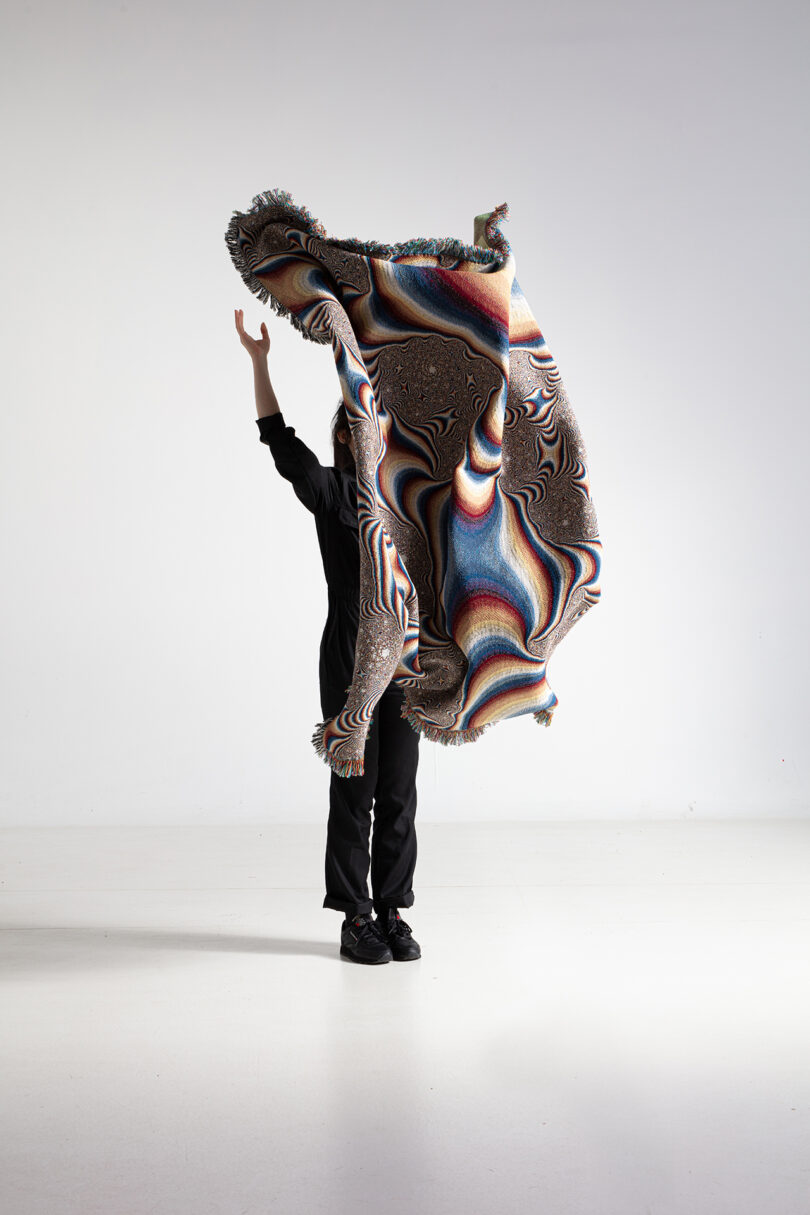
The materiality of textiles with their sensory rich qualities have the potential to uncover a new level of design and evaluation of future interfaces for human-computer interaction. Dung Dkar Cloak demonstrates possibilities and aesthetics for augmented multi-sensorial textiles as a contribution to our understanding and future development of interaction design.


Judit Eszter Kárpáti + Esteban de la Torre
To learn more about the Dung Dkar Cloak, visit ejtech.studio.
Photography by Dávid Biró and Krisztina Bilák.

